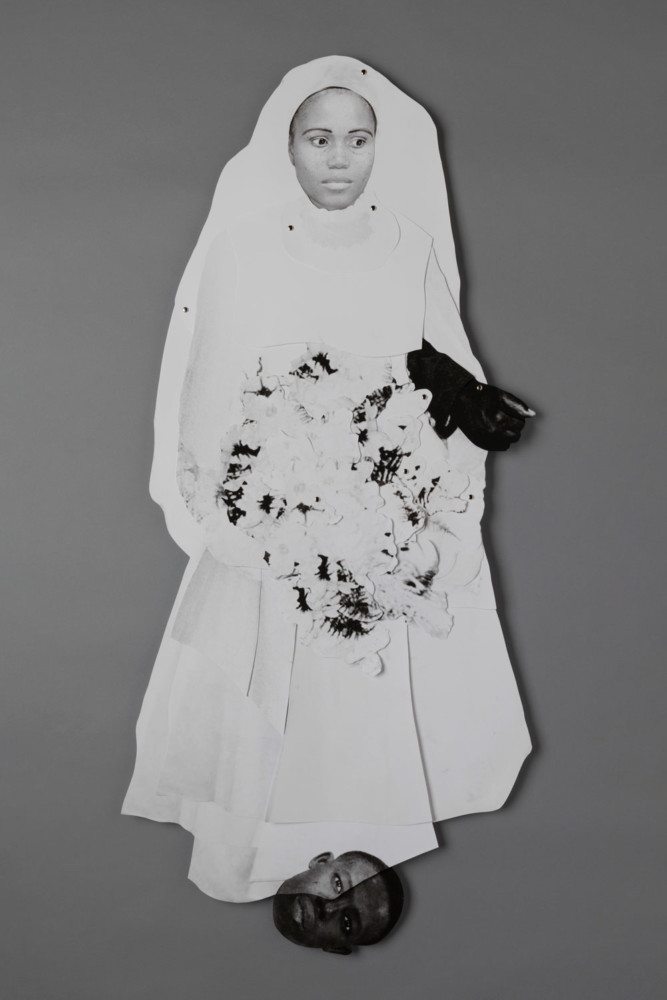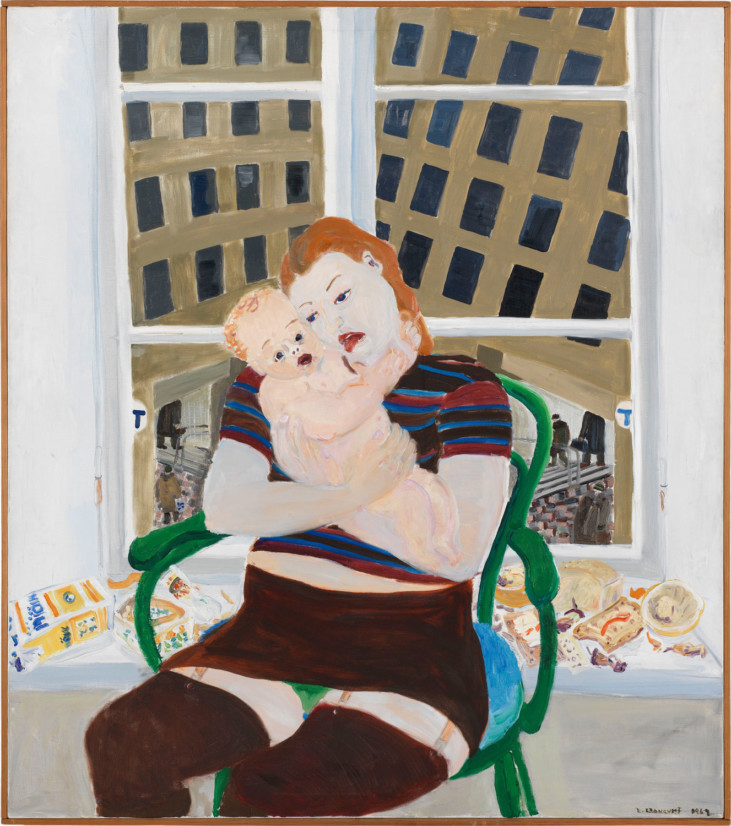
Lioubov Popova, Space-force Construction, 1921 © Lioubov Serguéïevna Popova
9.11 2010
The Second Museum of Our Wishes: Lyubov Popova
Until 1914, Popova studied mainly in Russia, including a period at Vladimir Tatlin’s studio in Moscow. She also studied briefl y at La Palette in Paris in 1912–13, under the tutorship of Jean Metzinger and Le Fauconnier. Her paintings from those years are mainly in the style of analytical cubism.
Around 1915, she developed her independent cubo-futurist paintings and began consistently moving towards total abstraction. Between 1916 and 1918, she worked on the series of Painterly Architectonics – abstract paintings structured in several layers of overlapping and intersecting geometric forms. She was also a member of Kazimir Malevich’s group “Supremus” between 1916 and 1917, along with Alexandra Ekster, Ivan Kliun, Olga Rozanova, Nadezhda Udaltsova and Ivan Puni. Popova did not share Malevich’s approach to painting as a metaphysical reality, however, but saw it as a projection of material reality, thus the title of Painterly Architectonics. Inspired by the Bolshevik takeover through the October Revolution in 1917, Popova wanted to integrate art with life and put it in the service of the revolution. The new society needed a new look, and she embarked together with Olga Rozanova and Nadezhda Udaltsova on design, posters and books. The interdisciplinary research institute INKhUK, founded in 1920 to analyse the underlying principles of contemporary art, was dominated by constructivists, under the auspices of Aleksandr Rodchenko, but Popova also contributed to the activities. The institute eschewed art that was based on subjective taste and emotions, and favoured an impersonal method, unburdened by superfl uous embellishment.
Popova’s last series of paintings, Spaceforce Constructions from 1921, can be read as a direct application of the institute’s ideas. The geometric forms are not painted on canvas but on paperboard or plywood, and Popova also used sawdust and sand to enhance the physicality of painting. The same year, she participated in the legendary exhibition 5×5=25 marking the death of easel painting, and the promotion of active art – i.e. constructions in the service of technology and industry!
In the four last years of her life, Popova abandoned painting (in protest) and instead focused on giving shape and design to visual reality in the spirit of the revolution. She broke new ground in graphic and textile design, was a pioneer in constructivist stage and costume design, and, not least, an uncompromising theorist and teacher.
Lyubov Popova born 1889, Ivanovskoye, Russia – dead 1924.
Read about The Second Museum of Our Wishes
Published 9 November 2010 · Updated 15 February 2016




















